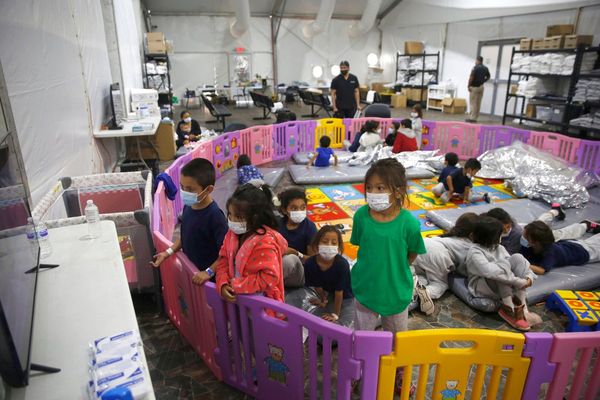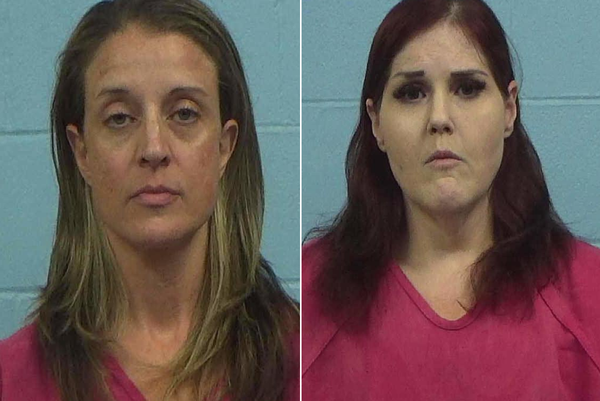
Most city-slickers would shudder at the idea of living in a remote area with few neighbors to help if something went wrong.
But self-reliance is alluring to thousands of people in the US who live “off the grid” in homes heated with wood stoves, powered by solar panels and, often, totally under the radar of tax collectors.
Two years ago, Masyn Moyer, 54, was a tiny home advocate living in a bus in Colorado. Seeking freedom and land of her own, Moyer bought and painstakingly remodeled a 19th-century mining cabin in the Rocky Mountains, where she weathered her first winter this year. (Moyer is using a pseudonym to preserve her anonymity because the cabin isn’t up to code: her home isn’t connected to the power grid and she relies on a nearby stream for water, which could get her in trouble with the county.)
Moyer drives to nearby towns to work as a hairstylist and run errands. It’s a satisfying lifestyle of self-reliance and connection with nature, complete with three moose that frequent her property.
But living off-grid can have a dangerously steep learning curve. Most people “have no idea how hard it is to collect food and water and how to survive”, Moyer said.
People who choose to live outdoors – sometimes called off-gridders – are a private and eclectic bunch, usually driven by a search for cheap land and less government regulation. But motivations vary: some want to live low-carbon and forge a closer bond with nature while others are refugees from the unaffordability of the western US housing market. Some have more survival skills than others.
But no matter who you are, the danger of extreme cold in the Rocky Mountains is inevitable.
There’s been renewed interest in people who live off the grid after a family of three was found dead in the Colorado’s Rockies in July. One of the deceased, Rebecca Vance, wanted to live away from other people because she was disillusioned with society, a family member told the Guardian.
In a narrow sense, an off-the-grid home is disconnected from the power grid and gas lines. Off-gridders typically rely on solar panels or fossil-fuel-powered generators to keep the lights on. Gas-powered heaters and wood stoves are common for warmth.
Sometimes, living off the grid can mean living without connection to water lines or trash pickup, cellphone service or wifi; much depends on the person’s commitment to self-reliance. Some especially skilled off-gridders may hunt and gather food.
There’s “a whole spectrum” of reasons influencing how and why people choose to live off-grid, said Ted Conover, a veteran journalist who explored the phenomenon in southern Colorado in his recent book Cheap Land Colorado: Off-Gridders at America’s Edge. It’s difficult to measure exactly how many people live off the grid in the US, but a 2019 study found national estimates ranged from 180,000 households to 750,000.
Desiree Dunn, 48, strives to live sustainably; when she and her husband ditched their jobs with the US Coast Guard in Oregon, they chose to live off-grid on a sailboat. From there, they flipped a beachfront property in Ecuador and used the money to move to Colorado and start building their dream home near the small town of Palisade.

As off-grid homes go, theirs is relatively luxurious; it looks and feels a lot like a typical “on-grid” home, except it’s powered by solar panels with propane-heated water and a wood stove.
Dunn said building her own home was its own reward. “We don’t like to hire anybody,” Dunn said. “And if you screw it up, you only have yourself to blame, which is gratifying, I find.”
In December 2020, Eric Frickey moved into a beat-up recreational vehicle in Colorado’s San Luis valley. Frickey, 43, had moved west from Louisiana in search of work and medical care for his son’s seizures. Before moving into his RV, he had struggled to find stable work in Denver, sleeping at times in the woods.
The San Luis valley is dotted with other off-gridders who dwell in homemade cabins, ageing trailers and storage sheds. Since the 1970s, land sellers have dubiously billed the remote valley as a land of opportunity, Conover writes. In reality, the valley is arid, paved roads are scant and power lines and services are almost nonexistent.
As winter deepened in 2020, Frickey was living on a parcel of land in the valley’s Costilla county, relying on a propane-powered heater to keep his trailer at a safe temperature.

But a windstorm ripped the door off the trailer. Then, he ran out of propane for the heater. The temperature dipped to -20F (-28C).
He survived by tucking his dogs into his sleeping bags with him, where they shared body heat, Frickey said.
It took Frickey a few more tries to get on his feet in the valley. Now a home remodeler often working in Denver, he lives with his son on a five-acre slice of the San Luis valley purchased for $6,000.
“The future seems bright for a change,” Frickey said. The pair sleep in a yurt or an RV and have installed a solar power system and an underground tank holding 1,100 gallons of water.
Dawn Melgares, executive director of the San Luis Valley Housing Coalition, said stories like Frickey’s brush with extreme cold are common.
“I think most off-gridders get out here and get started and realize how harsh our winters are,” she said.
George Smink, a longtime Costilla county off-gridder, estimated that 95% of new residents fail to get a foothold in the valley because of thieves, aggressive code enforcement and the brutal weather. When people realize they won’t survive winter and abandon their homes and property, they often surface in the town of Alamosa at the social service non-profit La Puente’s shelter for unhoused people, said its executive director, Lance Cheslock.
Phillip Vannini, an ethnographer and professor at Royal Roads University in British Columbia, Canada, is a top authority on off-grid living in North America – so much so that Vannini has been contacted by just about every producer in the robust genre of off-grid reality television, he said.
Vannini and his research partners have interviewed hundreds of off-gridders across Canada. He said television producers usually want to portray people who live off-the-grid as a “hairy hippie” or a “revolutionary ideologue”.
In reality, Vannini’s research suggests that most who disconnect from the grid are not usually politically motivated, as Rebecca Vance apparently was.

Moyer, who lives in the old mining cabin, is motivated by a deep stewardship for the environment and frustration with what she considers regressive housing policies in Colorado that outlaw small dwellings.
She said popular culture is awash with glamorous depictions that make off-gridding look easy. Through her social media presence, she tries to show viewers “real stories” of off-gridding.
Last winter, when the temperature plunged to -27F (-32.7C) during a blizzard, Moyer’s propane-powered snowblower wouldn’t start; without it, her Jeep would have been stranded at the bottom of her driveway until the snow melted in May. But a neighbor had electricity, and through a series of extension cords, she was able to power her snowblower and free her car.
For people interested in living off-grid, Moyer recommended serious planning and preparation.
“When it’s cold out there at night, it’s no longer a game. You need a wide range of skills and resources, and where I live, neighbors to manage. And if you lack any of those things, you’re in a really tenuous position,” she said.
Most days, Moyer adores her surroundings. She knows where the butterflies are and the location of every bird’s nest.
She feels strongly that Americans should retain their self-sufficiency – or reclaim it.
“It’s the most rewarding thing you will ever do,” Moyer said.







